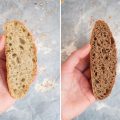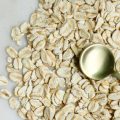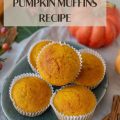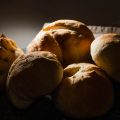In today’s post I share my latest freestyling – rustic rye sourdough bread with milk kefir. This hearty and warm loaf will charm you with its deep earthy flavor and lightness in every bite. Just like that – spontaneously.
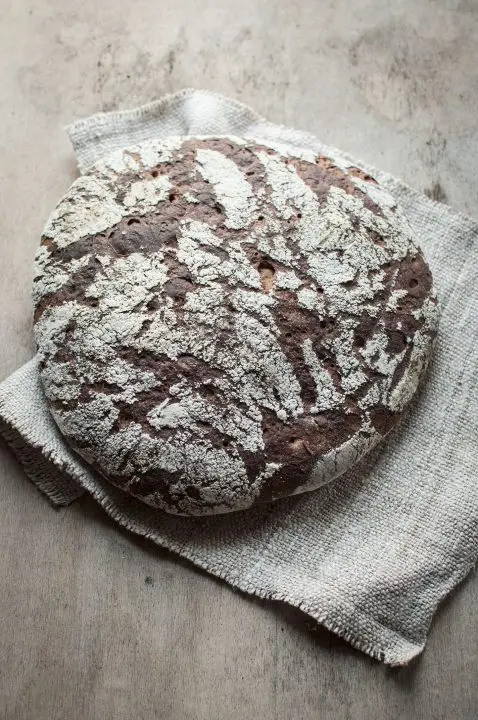
Table of Contents
Print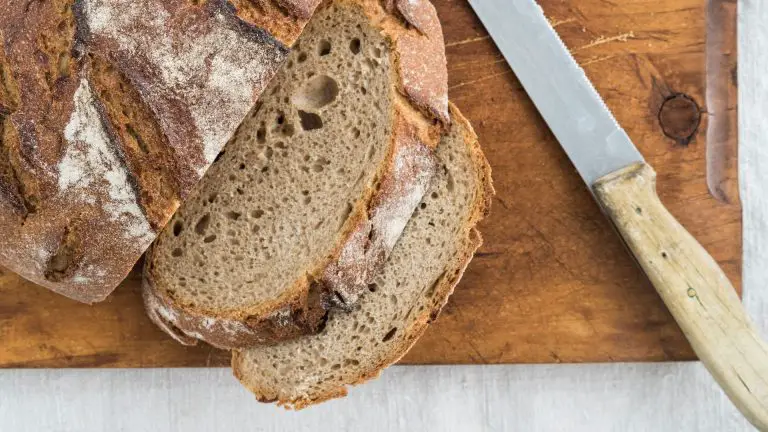
Rustic Rye Sourdough Bread With Milk Kefir Recipe
- Total Time: 15 hrs 5 mins
- Yield: 1 big loaf 1x
Ingredients
- 250 g whole grain rye flour
- 250 g white wheat flour
- 110 g milk kefir
- 250 g water
- 200 g active whole grain rye sourdough starter (100 % hydration)
- 10 g fine sea salt
Instructions
- In the evening prepare your sourdough starter. Mix 100 g of whole grain rye flour with 100 g of water and one teaspoon of your active (or straight from the fridge) starter and let it ferment until puffed and bubbly (until the next morning).
- In the morning, dissolve all of your risen starter in the mixture of 110 g of milk kefir and 250 g of water. Next, add all of the flour (500 g), and 10 g of salt and mix all ingredients until they come together. Knead the dough for 5 minutes so it becomes a little bit stretchier. Since there is rye flour, the dough will stick to your fingers. Try to wet your hands in-between the kneading from time to time to avoid that.
- Transfer the dough to a clean bowl and let it rise until doubled in volume. Cover it with a lid or a piece of cling film to prevent the dough from drying out. My dough needed three hours to double, yours might take less or more, depending on the environmental temperature and activity of your starter. If you want to speed up the fermentation, place the bowl to a warm place, i.e. slightly warm oven.
- When the dough has risen, take it out to the working surface using your plastic dough scraper. Dust the dough with a flour, flip it upside down and fold it in half and slightly shape it into a ball. Let it rest for 10 minutes. In the meantime, prepare a piece of parchment paper and dust it with any bran (I used spelt bran) or coarsely milled flour.
- Take your bench knife and transfer the dough to a parchment paper. Use your hands to shape the dough to a round shape (see the photo below) and then generously dust it with any of white flours (I used wheat flour). As the dough will rise and expand it will leave a beautiful pattern (see the photo of the baked bread above).
- Leave the bread to rise. My dough took 2 hours, yours might take less or more. As the dough will rise, it will expand and it also might tear at some places, but that’s OK. How will you know your bread is ready to be put in the oven? Check the dough by pressing it lightly with your finger from time to time. If the indent comes back slowly, it is ready.
- At least 30 minutes before the dough is ready to be put in the oven, preheat your baking stone and a separate baking tray that you put on the lower rack to the highest temperature of your oven.
- When ready, load the bread with a parchment paper on a pizza peel and slide it on a baking stone. Throw 10 ice cubes on a baking tray, close the oven door and lower the temperature to 230°C (446°F).
- Bake for 20 minutes, then lower the temperature to 220°C (428°F). Bake for another 30 minutes or until the bread’s crust gets beautifully dark.
- When baked, let it cool on a cooling rack for at least 2 hours before slicing.
Notes
- This bread was mixed in the morning, left to rise for 3 hours at the room temperature, shaped, left to rise again at the room temperature and baked on a baking stone.
- Prep Time: 14 hrs 15 mins
- Cook Time: 50 mins
- Category: bread
Freestyling is a kind of skill I am still learning in my life. It’s about how to act spontaneously, from the heart and without being burdened by many “what if-s” and “it should-s”. It’s about riding the flow and about being present in each moment, observing what is happening and re-acting accordingly.
Writing this, I remembered the words by John F. Demartini, one of the most inspiring people on the planet. He said that whenever we think something is missing in our lives, we actually already have it – but just in different form. I realized that in my life freestyling comes in the form of sourdough bread baking.
I visualize, mix and then I ride the flow – the act of creating something new.
Rustic Rye Sourdough Bread With Milk Kefir
Baking Schedule
This bread was mixed in the morning, left to rise for 3 hours at the room temperature, shaped, left to rise again at the room temperature and baked on a baking stone.
Ingredients
Yields: one big loaf
- 250 g whole grain rye flour
- 250 g white wheat flour
- 110 g milk kefir
- 250 g water
- 200 g active whole grain rye sourdough starter (100 % hydration)
- 10 g fine sea salt
Instructions
- In the evening prepare your sourdough starter. Mix 100 g of whole grain rye flour with 100 g of water and one teaspoon of your active (or straight from the fridge) sourdough starter and let it ferment until puffed and bubbly (until the next morning).
- In the morning, dissolve all of your risen starter in the mixture of 110 g of milk kefir and 250 g of water. Next, add all of the flour (500 g), and 10 g of salt and mix all ingredients until they come together. Knead the dough for 5 minutes so it becomes a little bit stretchier. Since there is rye flour, the dough will stick to your fingers. Try to wet your hands in-between the kneading from time to time to avoid that.
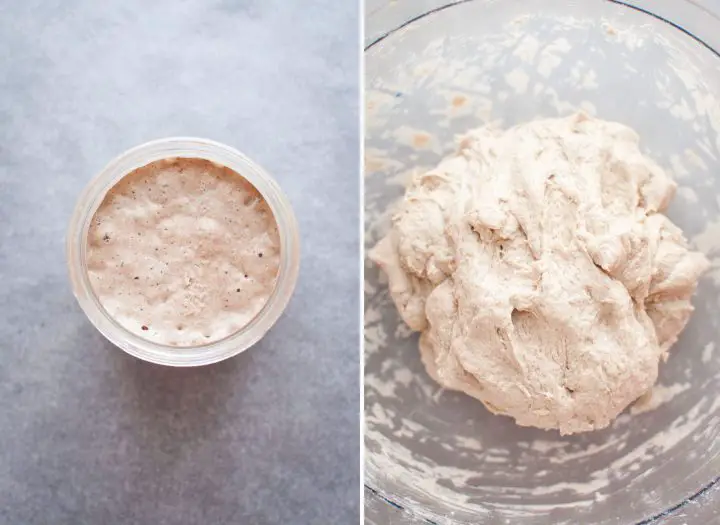
- Transfer the dough to a clean bowl and let it rise until doubled in volume. Cover it with a lid or a piece of cling film to prevent the dough from drying out. My dough needed three hours to double, yours might take less or more, depending on the environmental temperature and activity of your starter. If you want to speed up the fermentation, place the bowl to a warm place, i.e. slightly warm oven.
- When the dough has risen, take it out to the working surface using your plastic dough scraper. Dust the dough with a flour, flip it upside down and fold it in half and slightly shape it into a ball. Let it rest for 10 minutes. In the meantime, prepare a piece of parchment paper and dust it with any bran (I used spelt bran) or coarsely milled flour.
- Take your bench knife and transfer the dough to a parchment paper. Use your hands to shape the dough to a round shape (see the photo below) and then generously dust it with any of white flours (I used wheat flour). As the dough will rise and expand it will leave a beautiful pattern (see the photo of the baked bread above).
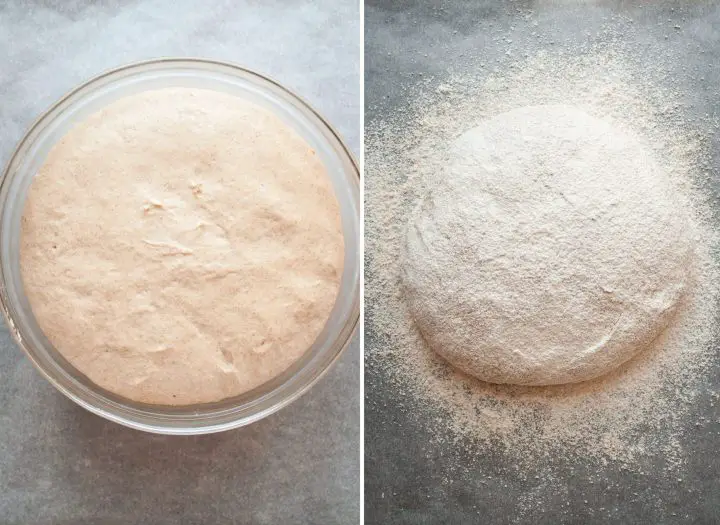
- Leave the bread to rise. My dough took 2 hours, yours might take less or more. As the dough will rise, it will expand and it also might tear at some places, but that’s OK. How will you know your bread is ready to be put in the oven? Check the dough by pressing it lightly with your finger from time to time. If the indent comes back slowly, it is ready.
- At least 30 minutes before the dough is ready to be put in the oven, preheat your baking stone and a separate baking tray that you put on the lower rack to the highest temperature of your oven.
- When ready, load the bread with a parchment paper on a pizza peel and slide it on a baking stone. Throw 10 ice cubes on a baking tray, close the oven door and lower the temperature to 230°C (446°F). Bake for 20 minutes, then lower the temperature to 220°C (428°F). Bake for another 30 minutes or until the bread’s crust gets beautifully dark. When baked, let it cool on a cooling rack for at least 2 hours before slicing.
If the bread was perfectly fermented, it will feel light in your hands and the crumb will be uniformly aerated. The crumb of the underproofed bread will be dense and crust pale.
Enjoy your bread with a slice of sheep cheese, fresh tomatoes and a glass of wine 😉
Want more posts on making sourdough rye bread? I have another yummy sourdough rye recipe with yogurt on my blog!
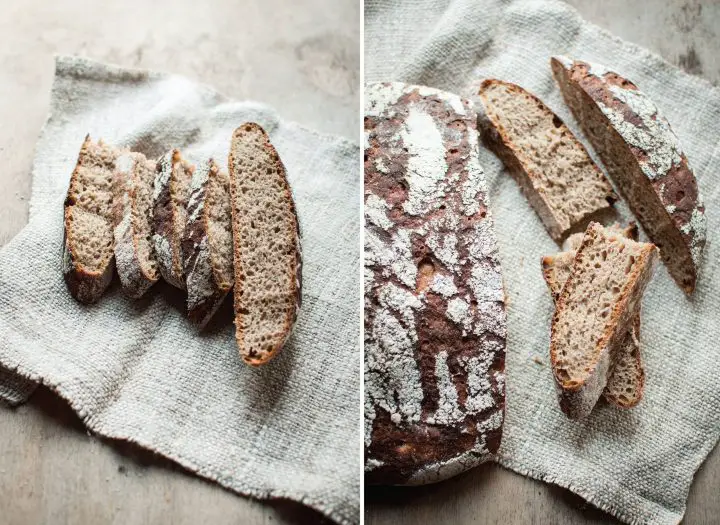
FAQs
Is rye good for sourdough?
Yes, rye flour can be a great addition to sourdough bread. Rye flour has a lower gluten content than wheat flour, which can result in a denser, more flavorful bread. This flour also contains more natural sugars than wheat flour, which can help feed the sourdough starter and promote fermentation. In addition, this type of flour can add a unique flavor to sourdough bread. It has a distinct nutty and slightly sour taste that can complement other flavors in the bread.
If you are comfortable working with rye flour, it can be a great ingredient to experiment with in your sourdough bread.
What is the difference between sourdough and rye sourdough?
The main difference between sourdough and rye sourdough is the type of flour used to make the starter and the resulting flavor and texture of the bread. Sourdough bread typically uses wheat flour in the starter and has a tangy flavor and chewy texture, while rye sourdough bread uses milled rye in the form of flour in the starter and has a distinctively sour flavor and dense, moist crumb.
Does rye flour make sourdough more sour?
Yes, rye flour can make sourdough bread more sour. Rye flour contains more natural sugars and enzymes than whole wheat flour, which break down the starches and proteins more quickly, resulting in more fermentation and acid production. In addition, rye also contains more lactic acid bacteria than wheat flour, which can contribute to the sourness of the bread.
However, it’s important to note that the sourness of sourdough bread is not solely dependent on the type of flour used. The sourness is also be affected by the fermentation time, temperature, and other factors.
Can I use dark rye flour for sourdough?
Yes, you can use dark rye for sourdough baking. Dark rye is a type of rye flour that has a higher bran and germ content than light rye, which gives it a darker color and a stronger flavor. This flour can be used in your starter, or as part of the flour mixture in the bread dough.

